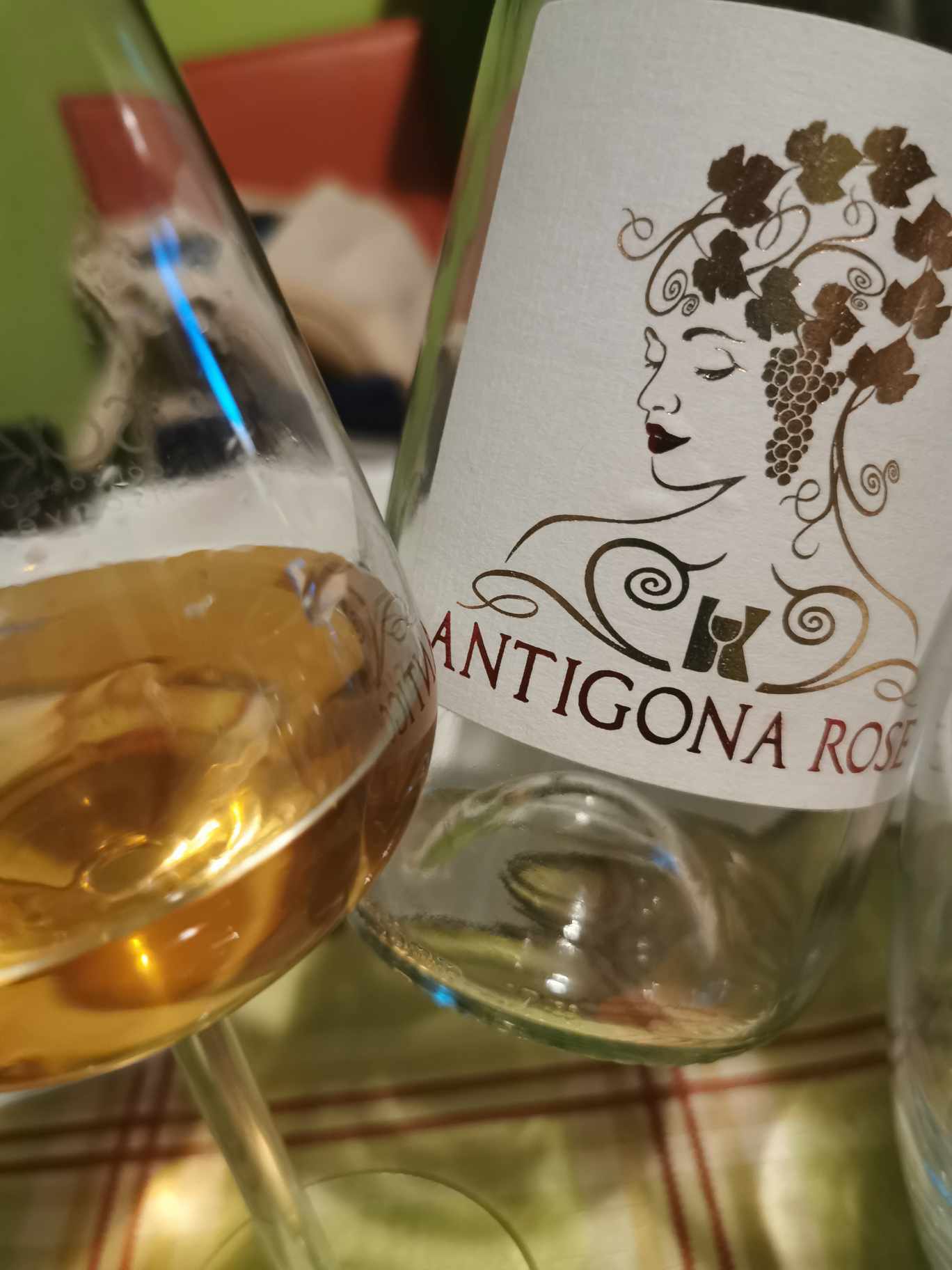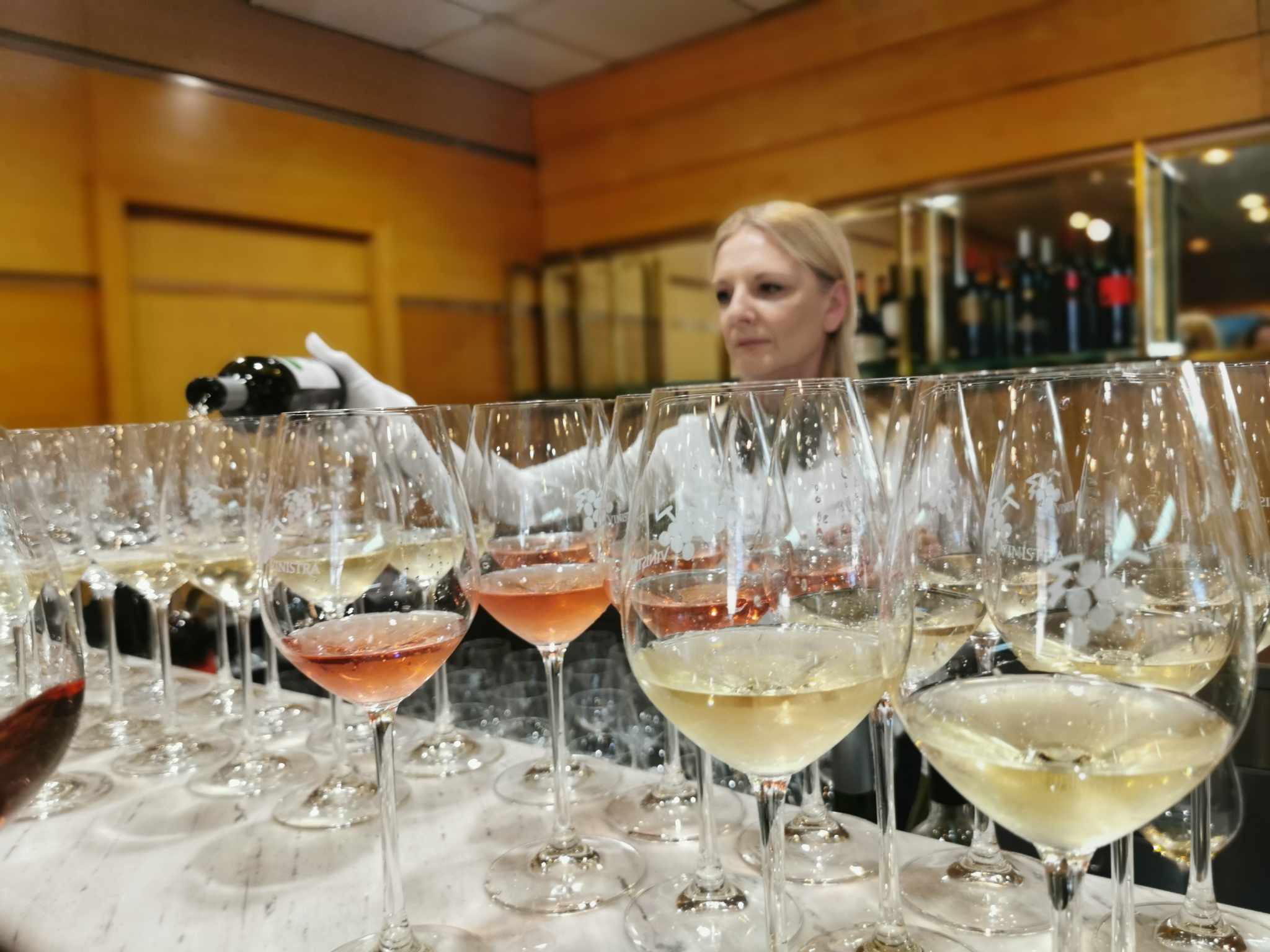News
News / 11/05/2014 / 1565
Organization Wine Mosaic was created in 2012 in France following the desire to make concrete steps to preserve wine diversity, protect and promote original grape varieties of the Mediterranean that are used to make authentic wines.Also, Wine Mosaic is actively engaged in increasing awareness about the wines made from local grape varieties, and thus helps increasing their consumption. Web portal about wines of Serbia www.vinopedia.rs established cooperation with Wine Mosaic last year in order to encourage local winemakers in Serbia to produce wines from local grape varieties and present them to the global wine scene.
One of the major projects in 2014 which took place under the auspices of Wine Mosaic is called "Adopt a Grape". The aim is to address wine experts, journalists and critics and turn their attention to local grape varieties and winemakers who make pioneering steps to prevent disappearance of rare indigenous varieties from the Mediterranean zone. The grand finale and the result of the project is a presentation of all participants in the project and their wines at a special tasting during DWCC conference in Montreux (Switzerland) in front of numerous wine experts, bloggers, journalists, critics.
The preservation of authentic grape varieties has become a major challenge for wine production. 70% of wine produced in the whole world is made from 30 major grape varieties. That's why wineries that make authentic wines from local grape varieties need to fight for a market that appreciates and seeks original, different wines made from varieties that are perfectly suited to a particular type of soil, terroir and local climate.
In the hall of the Congress Centre in Montreux on 1st November, 2014, 9 wine-makers from 6 countries (France, Switzerland, Serbia, Turkey, Lebanon, Armenia, Turkey) were brought together to present the wine region from which they come and explain their efforts on study and preservation of old grape varieties.
The following wines were presented at the tasting:
1. Gwäss (Gouais Blanc) - Josef-Marie Chanton (Switzerland) - This wine will certainly capture imagination of every fan of genetics and history of grapevine because the variety Gouais Blanc (also present in the Balkans and called Belina) is an ancestor of numerous varieties which are planted nowadays across Europe. This variety is often jokingly called "Casanova vine" because DNA analysis showed that more than 80 varieties that we know today have originated from it, including Chardonnay, Gamay, Riesling, Furmint and Blaufrankisch. On the nose, the wine is elegant, floral with discreet notes of peach. Light body, rustic character, refreshing acidity that is nevertheless well incorporated into the overall character of this wine ...
http://vimeo.com/108017427
2. Obeidy, 2013 - Chateau St Thomas (Lebanon) - Until recently it was thought that the variety Obeidy represents a local clone of Chardonnay in Lebanon. However, DNA analysis is ongoing and presumably, this is an old Lebanese variety, which is attracting attention and reaffirmation on the international wine scene. Light wine, fresh, the nose is dominated by citrus and floral notes ... Certainly, a variety which should be given the opportunity to shine ... Organization Wine Mosaic from the very beginning supported DNA analysis of this variety and the affirmation of Lebanese wines that are made from it. It is exactly the path that our variety Jagoda is taking with the support of Wine Mosaic and Jose Vouillamoz.
http://vimeo.com/108019196
3. Obeideh 2012 - Domaine Wardy (Lebanon) - Another wine that comes from the vine-growing valley of Bakkah in Lebanon, this time from the winery Wardy which prides itself in exporting 80% of its wines, predominantly to France. The wine aged for 12 months in wood, but tasting of this wine brought to my mind vivid images of the Mediterranean, accompanied with minerality, elegance and discreet fruity aromas of apricot, melon ...
4. Jagoda 2013 - Botunjac Winery (Serbia) - Local wine lovers are familiar with wine produced from Jagoda variety in Župa. The conference organizers have announced this wine as "the best kept secret of the global wine world that lies hidden in Serbia" ... And we would say that the time has come to discover it. Thanks to the organization Wine Mosaic, Jagoda variety is one of the supported projects and the intention is to carry out DNA analysis of this variety to try to finally determine its origin ... Kosta Botunjac presented to the audience his pioneer work with this variety as well as Župa, the historic wine region of Serbia which treasures identity of Serbian local varieties, primarily Prokupac and Tamjanika, but also Plovdina, Jagoda, Welschriesling, etc.
http://vimeo.com/108064716
5. Verdesse 2013 - Domaine des Rutissons (France) - Verdesse is a variety that originated from the Southeast of France, from Isere. Over time, vineyards planted with this variety have shrunk to less than 2 hectares, but in recent years, this aromatic variety is finding its place in the vineyards again because the market has awakened interest in it. The variety is named after the color of the grape (vert = green). Wine with abundant aromas of citrus, grapefruit, while the mouth is dominated by vibrant acidity and mineral impressions.
6. Etraire de la Dhuy 2013 - Domaine Thomas Finot (France) - Red wine from local grape variety which is a close relative of Persan, another authentic variety of Isere. The wine is made in accordance with the principles of biodynamics. Characterful wine, unique rustic impression on the nose: jam-like fruit and floral aromas with hints of pepperish note in the finish. Good acidity, tannins still dry the palate ...
7. Persan 2012 - Domaine Nicolas Gonin (France) - Persan is the variety that gives either exceptional or terrible wine ... With Persan simply there is no middle ground. Therefore, it is extremely important to keep under control its extreme vigor and productivity. And if you succeed in this, you get a great result - rounded wine that has a fruity character, somewhat like Dolcetto from the Piedmonte region, although acidity in Persan is more vibrant.
http://vimeo.com/108015439 8.
Karasi - Zorah Wines (Armenia) - This wine is made from Areni, the most famous Armenian grape variety. The wine aged in traditional amphorae. Full-bodied wine, complex aromas of red and black fruit with a wonderful spicy note in the finish. Tannins are present but soft, beautifully coating the mouth ...
http://vimeo.com/108020813 9.
Papaskarasi 2012 - Chamlija Estate (Turkey) - Wine lovers who attended this year's conference Wine Identity in Belgrade have already had the opportunity to taste this indigenous grape variety from Turkey, namely from Thrace. For us, this variety is especially significant because DNA analysis showed that Papaskarasi is a descendant of Serbian flagship variety, Prokupac. Mustapha Chamlija's Winery and Arcadia Vineyards invested lots of efforts into clonal selection and meticulous work in the vineyards in order to bring us a varietal wine from Papaskarasi. Every encounter with this expressive wine is unforgettable. Wonderful aromas of cherries and plums on the nose. Fruity and fresh on the palate ...
http://vimeo.com/108945373
Below, you can also see a few photos from the Wine Mosaic project presentation.

Tomislav Ivanović
Awarded wine writer, wine critic and contributor to selected wine magazines. WSET3-certified author and editor-in-chief of www.vinopedia.rs. Member of Vojvodina Sommelier Association. Juror in national and international wine competitions. Lecturing about wines of Serbia and the Balkans. Local partner of Wine Mosaic organization. Co-founder of International Prokupac Day.

Pročitajte i druge članke iz ove rubrike:


VINOPEDIA TOP 10 2024
PROČITAJ VIŠE


GIUAANI - VINSKI TURIZAM NA GRUZIJSKI NAČIN
PROČITAJ VIŠE


SPASIMO STARE VINOGRADE SRBIJE
PROČITAJ VIŠE


NAŠLI SMO ANTIGONU IZ ORAHOVCA
PROČITAJ VIŠE


SRPSKO VINO KOŠTA 100 EUR - I ŠTA ĆEMO SAD?
PROČITAJ VIŠE
Winner MILLESIMA BLOG AWARD 2016

Pobednik MILLESIMA BLOG AWARD 2016
VINO & FINO wine personality of the year 2016

VINO & FINO vinska ličnost godine 2016